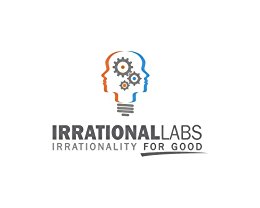
- Behavioral economics: Our actions in the NOW are mainly driven by what is currently in our environment
- Increasing knowledge does not lead to more action
- actual barriers
barrier #1 - friction: ego depletion
go into a restaurant and see 1000 items on the menu versus seeing 1 default menu item and 2 other menu options that you choose if you don't like the main one.
- barrier #2 - far off goals is less enticing than the pleasure of short term goals
healthier living versus that cookie
- barrier #3 - compounding effect of current day small actions is not intuitively obvious
- barrier #4 - merits are not agreed
- Approach
Think about the WHO (person) before thinking about the WHAT (behavior)
- Focus on the behavior instead of the outcome - send out a quiz today versus driving greater retention
- Focus on smaller concrete details instead of big pictures - buy vegetables instead of get people to eat better
- Utilizing ego depletion
If there are certain options you want users to choose, you place them towards the end of your customization as the default.
- get rid of as much choice as possible
- use terms that users will understand
- Utilizing Emotions
states
YEs! Keep doing what is pleasurable
- NO! Stop doing what is painful
- Neutral - rational state
- Hedonic adaptation
- genuine praises causes release of dopamine
- to drive action catch them when their emotion they are feeling is at the most appropriate for the action
suggesting them to go to a restaurant when they feel hungry
- Utilizing more specific Social Proofing messages
Most effective: join teachers in your school in saving paper
- less effective: join teachers in saving paper
- least effective: save paper
- Watch out for negative social proof
- Helps deal with uncertainty
- Hijack Authority or Expert biases
- Utilizing concrete Action Language
Concrete: Request a price
- Abstract: Request a quota
